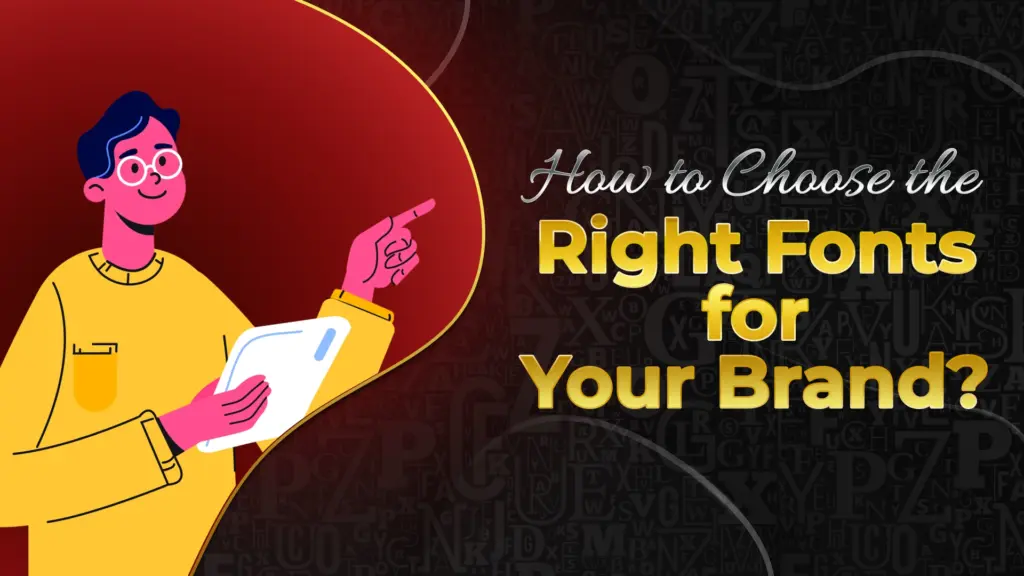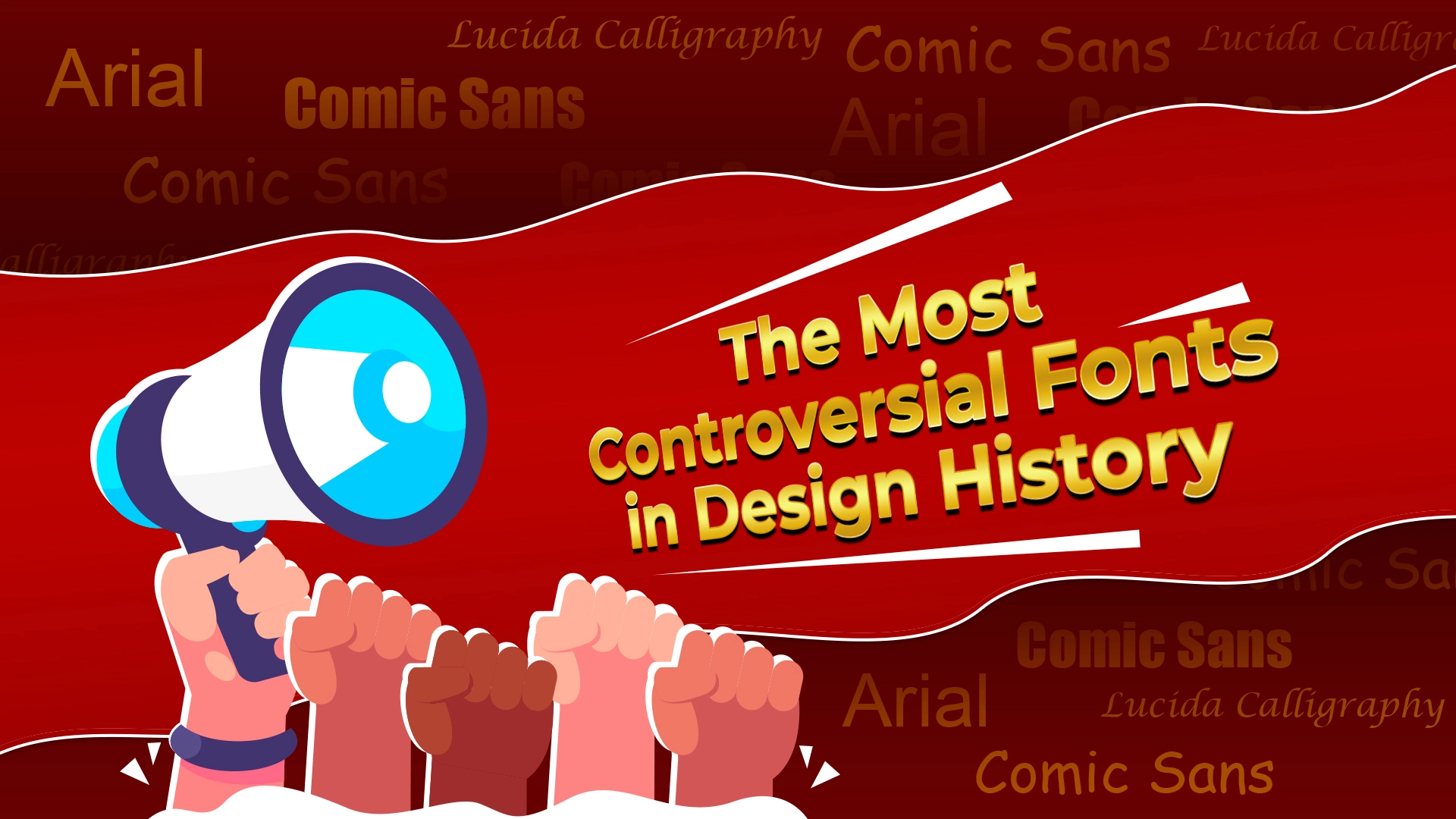Now Reading: Exploring Variable Fonts: The Future of Responsive Typography
-
01
Exploring Variable Fonts: The Future of Responsive Typography
Exploring Variable Fonts: The Future of Responsive Typography
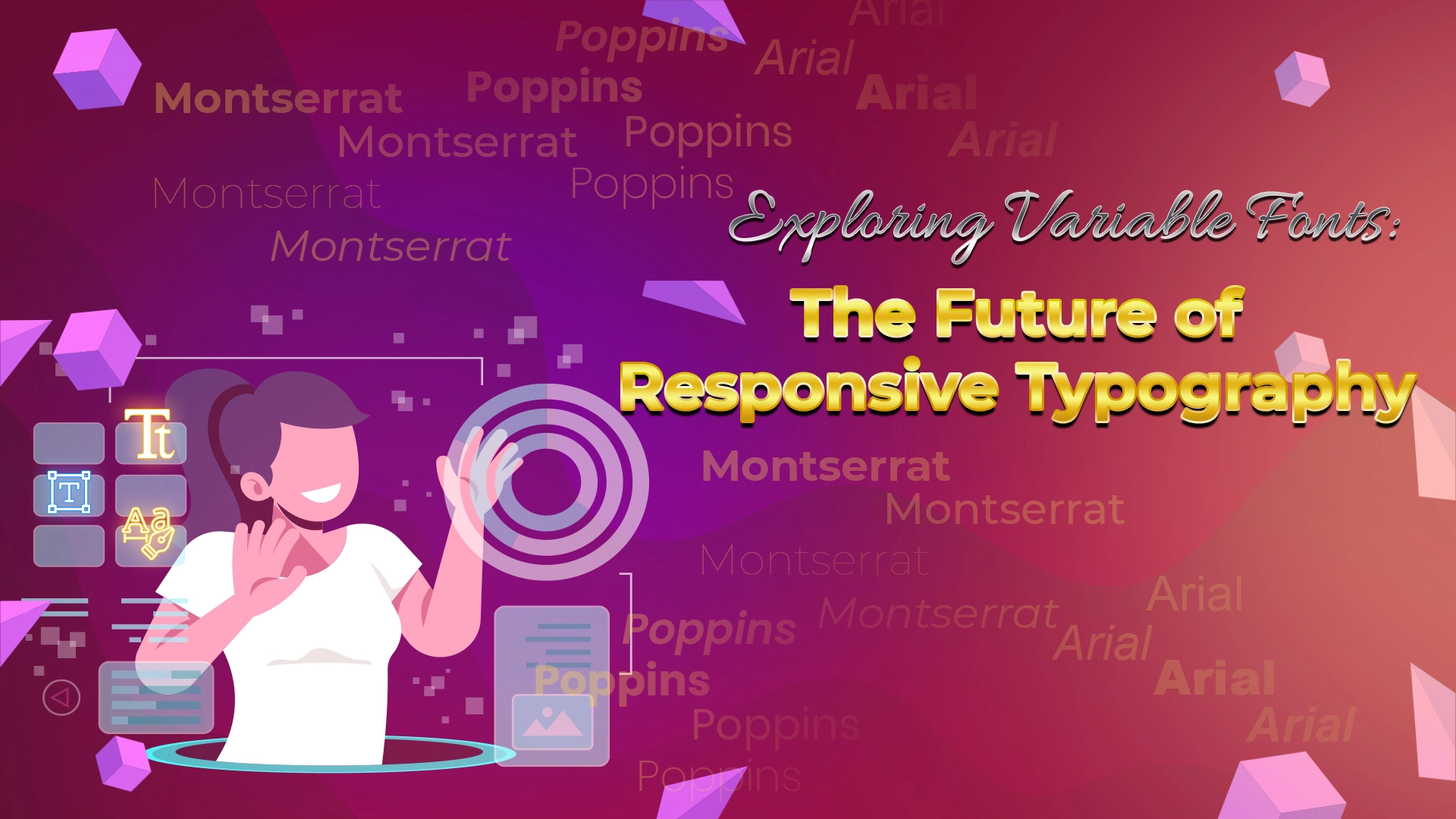
Have you ever read any monotonous book and imagined if it has some special font effects and images, then the look of the book would have enhanced greatly? Most of us have experienced that things start getting boring when they become monotonous. Due to great reduction in the attention span of people, it has become very difficult to keep audience engaged to your product or brand for a much longer time.
In such a situation, trying all possible methods to bring versatility and uniqueness to your brands is crucial. This is where the role of variable fonts starts. These fonts bring uniqueness and versatility to every page and engage people more and more. Any designer can use variable fonts for their products or even for their clients, however, understanding the whole concept in detail first is crucial. Let’s explore the details about variable fonts in the below blog to learn about the concept properly.
What are Variable Fonts?
Using multiple font styles in a single file is what is commonly referred to as variable fonts. These font styles can be bold, italics, underlined, or have other styles from the set of available ones. If multiple styles of fonts are used, then improving the readability and website performance of the file becomes much easier. For engaging the audience in long messages or novels, e-books, variable fonts play a very crucial role undoubtedly.
One of the most important and significant characteristics of variable fonts is that it consists of great versatility of font styles is included in them. Rest other characteristics can be uniqueness in the designs and overall appearance of the product and ultimately the brand & great improvement in the brand performance in multiple websites.
How Can Variable Fonts Shape the Future of Responsive Typography?
Typography is a concept that needs a lot of detailed analysis and inspection. That is why aligning it with variable fonts can result in being a very innovative idea for improvising your designs and making something different and out of the box from it.
Some considerable ways in which variable fonts are shaping the future of responsive typography are:
- Transitioning Between Different Font Styles becomes Smooth –
Variable fonts facilitate smooth transitioning between different font styles and this makes the content, design, and ultimately the brand much more catchy.
- Great Enhancement in the User Experience –
Variable fonts provide creativity that catches the eyes of the audience instantly and keeps them engaged with the brand for a much longer time.
- Increase in the Flexibility of Designs & Textures –
Variable fonts help in increasing the flexibility of how designs and textures can be formed. Attaining versatility and flexibly changing the designs become easier throughout the font styles of typography with the help of variable fonts.
- Reduces the Number of Files & Increases their Quality –
By using variable fonts, multiple font styles can be attained in a single file. This reduces the number of files that need to be downloaded and increases their downloadable quality.
In the above and many other ways, typography is being shaped and prepared for the future with the help of variable fonts. For the same reason, considering them is crucial and unavoidable for sure.
Frequently Asked Questions –
- How can variable fonts help in the growth of Typography?
Variable fonts can help in the growth of typography by increasing brand engagement, enhancing customer or user experience, improving brand performance on multiple websites, and making brands much more accessible.
If right variable fonts are used in the right way with the designs & backgrounds, then it can be said that the future of typography is very bright and will influence brands, businesses, and audience tremendously.
2. Will there be any scope for alignment between variable fonts and Typography?
Yes, of course. In the present and even in the future, typography and variable fonts are surely meant to go hand-in-hand. In fact, the process exists even today and expert designers are implementing it to make their designs better & the brands are recognized much more even today.
3. Can variable fonts work smoothly on different screen sizes?
The answer is Yes, mostly. However, exact results can only be received after constant experimentation and not suddenly or with a single combination itself. This is because sometimes, the alignment of the variable fonts and typography may fail while the other times, it can prove to be a great success. So, only after experimenting all the combinations properly and then drawing conclusions, the picture can become clearer.
Conclusion –
Typography is challenging the way digital marketing is noticed by the audience. With the help of typography, making banners, logos, and conceptual e-books is reaching more and more audiences in minimal possible time.
Stay Informed With the Latest & Most Important News
Previous Post
Next Post
-
 01Top 10 Trending Fonts of 2025
01Top 10 Trending Fonts of 2025 -
 02Font Personalities: What Your Favorite Typeface Says About You?
02Font Personalities: What Your Favorite Typeface Says About You? -
 03Fonts and Nostalgia: How Vintage Typography is Making a Comeback?
03Fonts and Nostalgia: How Vintage Typography is Making a Comeback? -
 04Fonts in Gaming: How Typography Shapes Player Experiences?
04Fonts in Gaming: How Typography Shapes Player Experiences? -
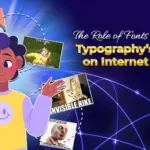 05The Role of Fonts in Memes: Typography’s Impact on Internet Humor
05The Role of Fonts in Memes: Typography’s Impact on Internet Humor -
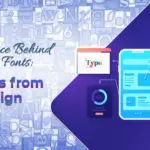 06The Science Behind Readable Fonts: Insights from UX Design
06The Science Behind Readable Fonts: Insights from UX Design -
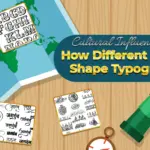 07Cultural Influence in Fonts: How Different Regions Shape Typography?
07Cultural Influence in Fonts: How Different Regions Shape Typography?











